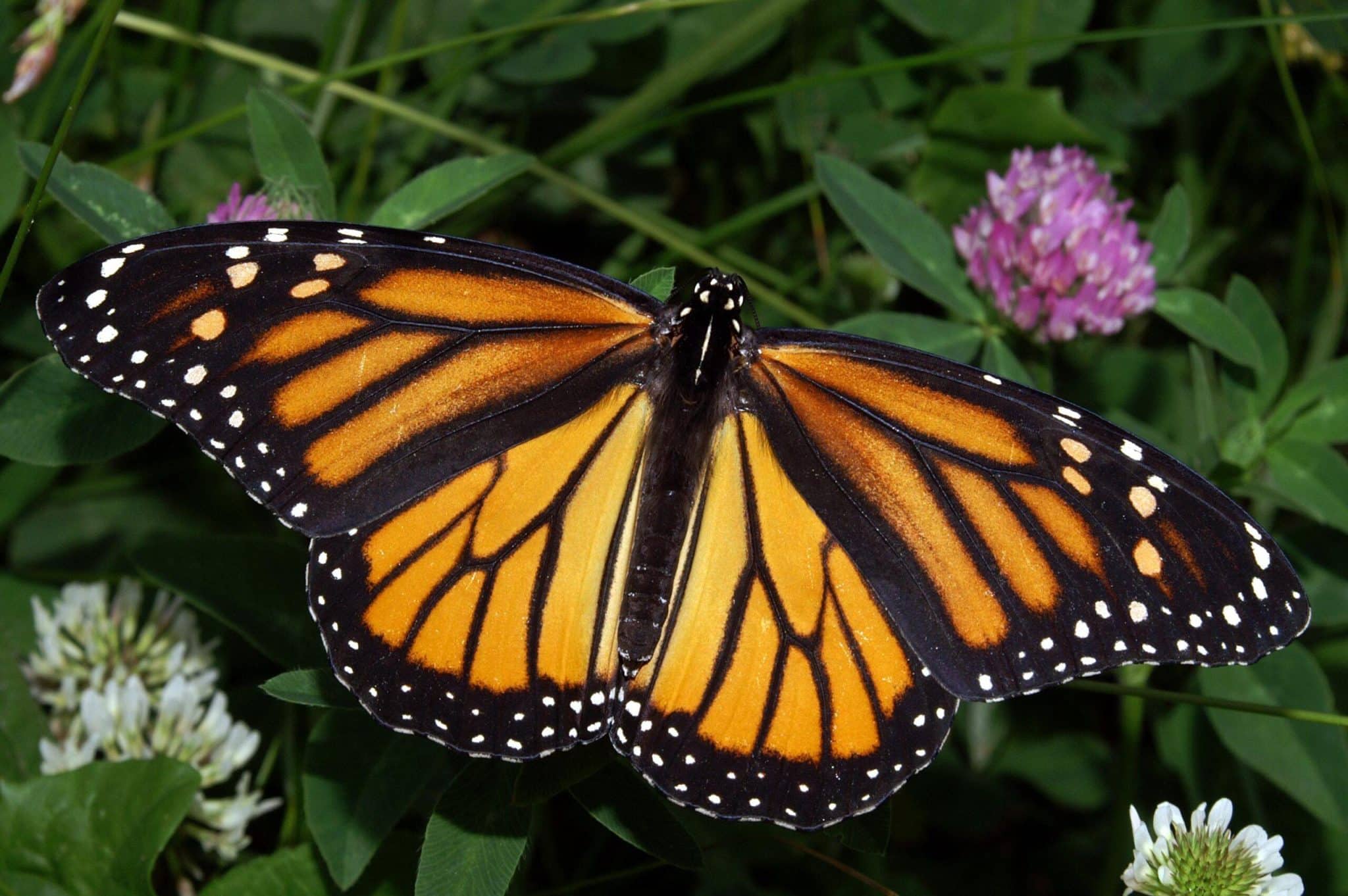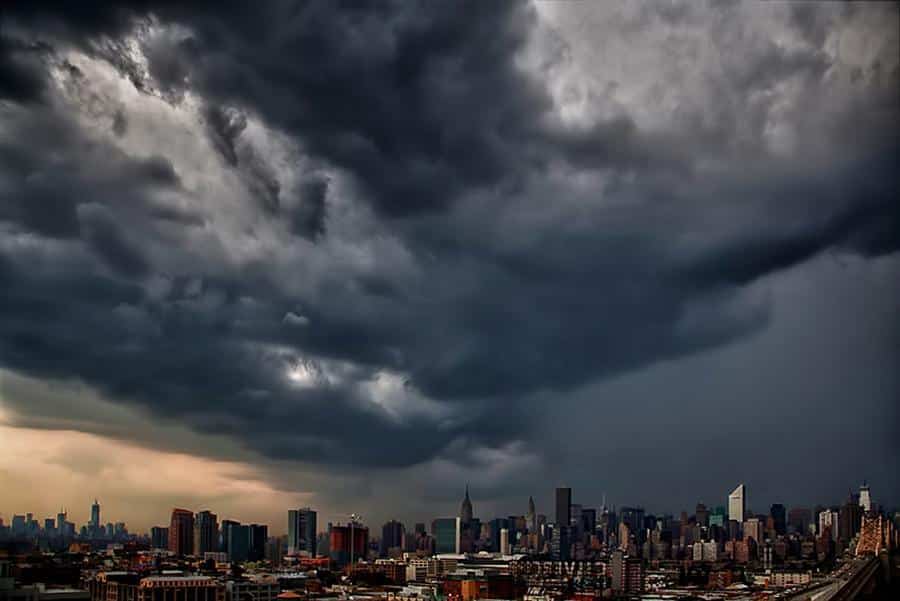Monarch butterflies are experiencing the worst population declines since record-keeping began two decades ago, and GMO products and herbicides could be to blame.
Scientists and environmental professionals tasked with monitoring the species had hoped that during overwintering in Mexico, the butterfly population would bounce back. But only a small group of Monarch butterflies were able to reach Canada over the summer months this year, nixing the anticipated results that propagation of the next generation would help overcome the number of insect deaths.
For example, CBC News reported that at this point in 2011 there were 55 reports of roosts or Monarch butterfly clusters in Canada, according to reports by the citizen-led group Journey North. The following year, only 25 such clusters were noted. In 2013, the figures paint an even grimmer picture with only 17 roosts reported.
“During migration, monarchs form overnight roosts in places like Point Pelee or Long Point [in southern Ontario] where the monarchs are congregating before crossing the Great Lakes, places where people generally see huge overnight clusters of monarchs gathering,” Elizabeth Howard of Journey North said. “This is really a proxy for peak migration because this is where people see really large numbers of monarchs and we’re just not getting the reports, it’s looking pretty bad.”
During the winter months millions of Monarch butterflies typically hang out in the Oyamel forest in Mexico. The butterflies ultimately fly north to lay their eggs in milkweed plants – on which the caterpillars then feed. Researchers say that about 60 million Monarchs wintered in Mexico during 2012-13. Although such a figure may sound high, the statistic is indicative of an 80 percent population drop from previous years.
New “Survival Herb Bank” Gives You Access to God’s Amazing Medicine Chest
As previously reported by Off The Grid News, GMO corn may be the primary reason for the Monarch butterfly population decline. Monarch Watch Director Orley (Chip) Taylor stated that GMO corn planting in the Midwest, coupled with increased chemical herbicide usage during the past decade when GMO corn began to be used, kills the milkweed plants the butterflies need to survive. Taylor specifically noted Monsanto’s Roundup Ready when discussing the negative impact GMO corn and GMO soybeans are having on milkweed plants and by extension, the Monarch butterfly population.
“Monarchs have declined coincident with these habitat losses and the losses are continuing,” a Monarch Watch report says. “Monarch numbers will continue to decline unless the collective efforts of citizens, communities, and governments are large enough to offset the annual loss of habitat. What we’re seeing is the result of two years in which the reproduction of monarchs has been limited because of the physical conditions, weather conditions.”
Orley Taylor, also a University of Kansas insect ecologist, noted that it was once again too cold from April to June in Texas, and too warm in March, to aid the natural Monarch butterfly roosting and propagation habits. Weather fluctuations combined with a loss of habitat, are pushing the butterfly population numbers ever downward. Scientist Sharon Burkhard agrees with Taylor’s assessment of the Monarchs’ plight. She called the population decline “very scary.
“Based on what I saw this year, I’m very concerned they’re not going to bounce back that well, and my fear is I’m going to see them extinct within my lifetime,” Sharon Burkhard said.
World Wildlife Fund’s Mexico director, Omar Vidal, said Canada and the United States must act to save the butterflies.
“The conservation of monarch butterflies is a responsibility shared by Mexico, the US and Canada,” he said in a press release.”By protecting its sanctuaries and practically eliminating large-scale deforestation, Mexico is doing its part. It is necessary that the US and Canada also do their part and protect the habitat of the monarch in their countries.”












